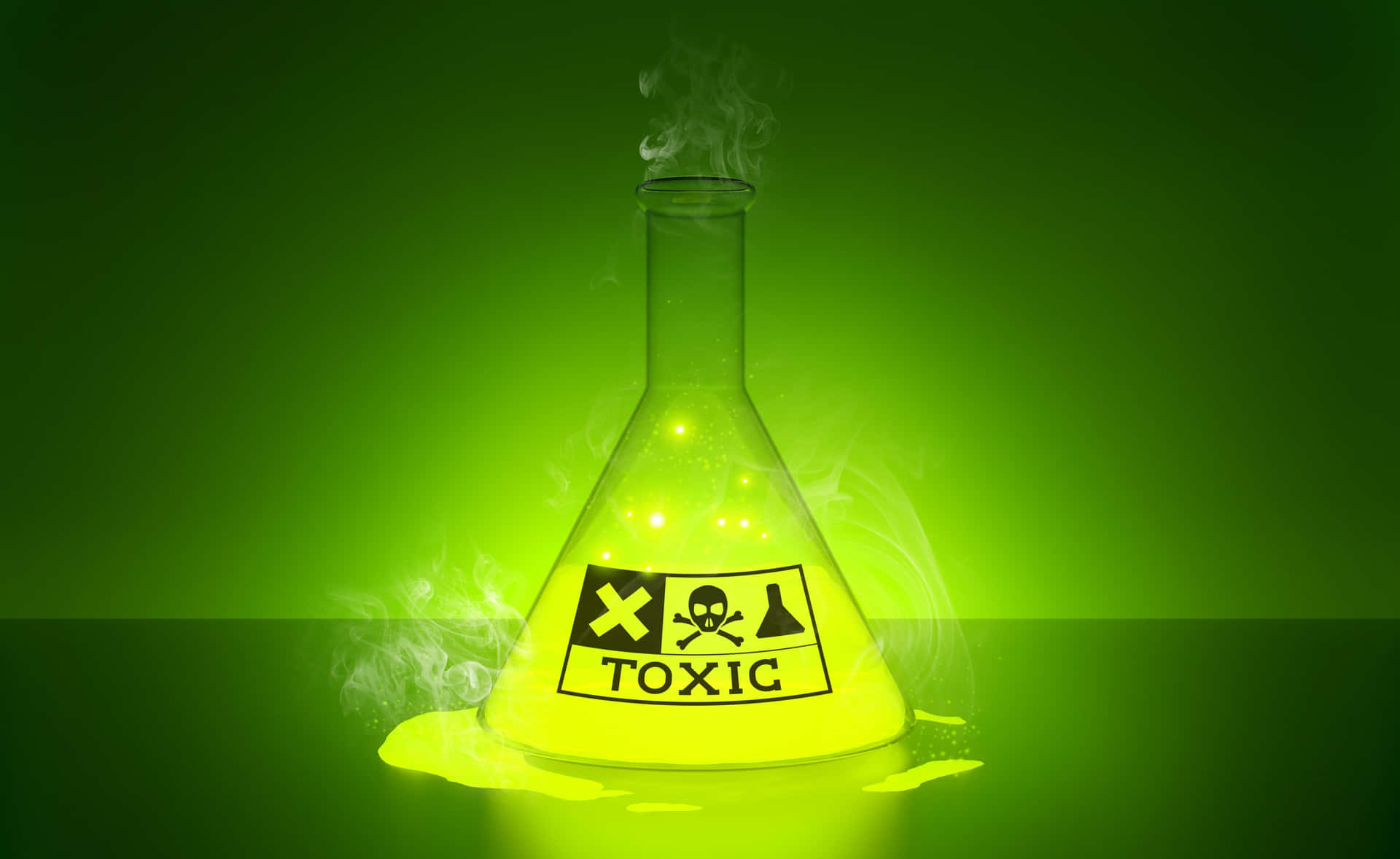
In the ever-evolving world of search engine optimization (SEO), one critical task often overlooked is toxic link monitoring. As websites grow, they naturally accumulate backlinks from various sources. While many of these links can boost your site’s authority, others—especially those from spammy or low-quality domains—can harm your rankings and even lead to penalties from Google. Understanding how to detect and disavow these harmful backlinks is essential for maintaining a healthy, high-performing website.
This article will guide you through the process of effectively monitoring and disavowing toxic backlinks, ensuring your SEO strategy remains strong and resilient in 2025 and beyond.
What Is Toxic Link Monitoring and Why It Matters
Toxic link monitoring refers to the practice of identifying and managing harmful backlinks that could negatively impact your website’s search engine rankings. These backlinks often come from low-quality websites, comment spam, paid links, or other manipulative tactics that violate search engine guidelines.
Why does this matter? Search engines like Google prioritize websites with clean, high-quality backlink profiles. If your site has too many toxic links, it can be flagged as spam, leading to lower rankings or even manual penalties. In fact, Google’s Webmaster Guidelines explicitly state that unnatural links can harm your site’s visibility.
Moreover, with the rise of AI-powered search assistants and generative content tools, the importance of maintaining a trustworthy backlink profile has only increased. A clean backlink portfolio ensures your content is seen as credible and relevant, which is crucial for both traditional search engines and AI platforms.
How Toxic Links Impact SEO Performance
Toxic backlinks can have several negative effects on your SEO performance:
- Lower Search Rankings: Search engines may penalize sites with suspicious or low-quality backlinks, causing them to drop in search results.
- Decreased Trust: A site with many spammy links may appear less trustworthy to users and search engines alike.
- Wasted Crawl Budget: Search engines allocate limited resources to crawl and index web pages. If your site has many irrelevant or harmful links, it may not get the attention it deserves.
- Negative User Experience: If users land on a page with poor-quality links, they may leave quickly, increasing bounce rates and reducing engagement metrics.
In addition to these direct impacts, toxic links can also affect your brand’s reputation. Users who encounter spammy or misleading links may associate them with your brand, potentially damaging long-term trust.
Step-by-Step Implementation Framework
Here’s a clear, actionable process for monitoring and disavowing toxic backlinks:
1. Audit Your Current Backlink Profile
Start by analyzing the backlinks pointing to your website. Use tools like Ahrefs, SEMrush, or Moz Pro to get a comprehensive view of your backlink profile. Look for:
- Low-quality domains (e.g., spam sites, link farms)
- Irrelevant or unrelated links
- Paid or artificial links
- Links from sites with high spam scores
2. Identify Toxic Links

Once you’ve gathered data, identify which links are likely to be harmful. Key indicators include:
- High spam score (e.g., over 40 on Moz’s scale)
- Low domain authority
- Unnatural anchor text (e.g., over-optimized keywords)
- Links from black-hat SEO sites
Tools like Ahrefs’ Link Intersect or SEMrush’s Backlink Analytics can help you spot competitors’ backlinks that you might want to avoid.
3. Disavow Harmful Links
If you find toxic links that you cannot remove manually, use Google’s Disavow Tool to tell Google to ignore them. This tool allows you to submit a list of URLs you want to disavow. Be careful—only disavow links you’re certain are harmful, as disavowing good links can hurt your rankings.
4. Monitor and Maintain
Backlink profiles are dynamic, so continuous monitoring is essential. Set up alerts using tools like Monitor Backlinks or Linkody to stay updated on new or lost backlinks. Regularly audit your profile to ensure no new toxic links are harming your SEO.
Real or Hypothetical Case Study
Let’s look at a hypothetical scenario where a small e-commerce business, “TechGadgets Inc.”, experienced a sudden drop in traffic due to toxic backlinks.
Before Monitoring:
– TechGadgets had 500 backlinks, but 30% were from low-quality directories and spam sites.
– Their rankings dropped by 20% in just two months.
– Organic traffic fell by 18%.
After Monitoring and Disavowing:
– The team used Ahrefs to identify and disavow 150 toxic links.
– They implemented a regular backlink audit process.
– Within three months, their rankings improved by 15%, and organic traffic increased by 12%.
This case study highlights how proactive toxic link monitoring can reverse negative trends and restore a site’s SEO health.
Tools and Techniques for Toxic Link Monitoring
Here are some of the best tools available for monitoring and managing your backlink profile:
- SEMrush – Offers real-time backlink tracking, toxic link detection, and competitor analysis. Ideal for agencies and large businesses.
- Ahrefs – Provides a powerful backlink index, broken link checker, and competitor insights. Great for SEO professionals.
- Moz Pro – Features spam score detection, domain authority metrics, and link tracking. Perfect for small businesses.
- Linkody – Simple and affordable with email alerts and competitor monitoring. Best for startups.
- Monitor Backlinks – Offers automatic link tracking, Google integration, and disavow tools. Suitable for small teams.
- Sitechecker – Combines automated backlink monitoring with detailed reports and API access. Ideal for individual users.
Each of these tools offers unique features to help you manage your backlink profile effectively.
Future Trends and AI Implications
As AI continues to shape the digital landscape, the importance of toxic link monitoring will only grow. AI systems like Google’s Gemini and Microsoft’s Copilot rely heavily on the quality and relevance of content, including backlink profiles. A site with a clean, high-quality backlink profile is more likely to be featured in AI-generated summaries and search results.
Additionally, future AI tools may become even better at detecting and penalizing websites with toxic backlinks. Staying ahead of these changes means adopting proactive monitoring strategies now.
One actionable step is to integrate AI-powered backlink monitoring tools into your SEO workflow. These tools can automatically flag suspicious links and suggest actions, saving you time and effort.
Key Takeaways
- Toxic link monitoring is essential for maintaining a healthy backlink profile and avoiding SEO penalties.
- Identify and disavow harmful backlinks using tools like Ahrefs, SEMrush, or Google’s Disavow Tool.
- Regular audits and ongoing monitoring are key to keeping your site competitive in 2025 and beyond.
- AI-driven SEO will increasingly prioritize sites with clean, high-quality backlink profiles.
- Invest in the right tools to streamline your backlink management and protect your online presence.
By taking control of your backlink profile today, you’ll set your website up for long-term success in an ever-changing digital ecosystem.
Meta Title: Toxic Link Monitoring — Detects and Disavows Harmful Backlinks for Better SEO
Meta Description: Learn how to monitor and disavow toxic backlinks to improve your SEO performance and protect your website from penalties.
SEO Tags (5): toxic link monitoring, backlink disavow, SEO strategy, link building, website authority
Internal Link Suggestions: [Parameter #70: Strategic Internal Linking], [Parameter #75: Toxic Link Monitoring], [Parameter #92: Content Pruning]
External Source Suggestions: https://support.google.com/webmasters/answer/1663419, https://ahrefs.com/blog/backlink-monitoring/






